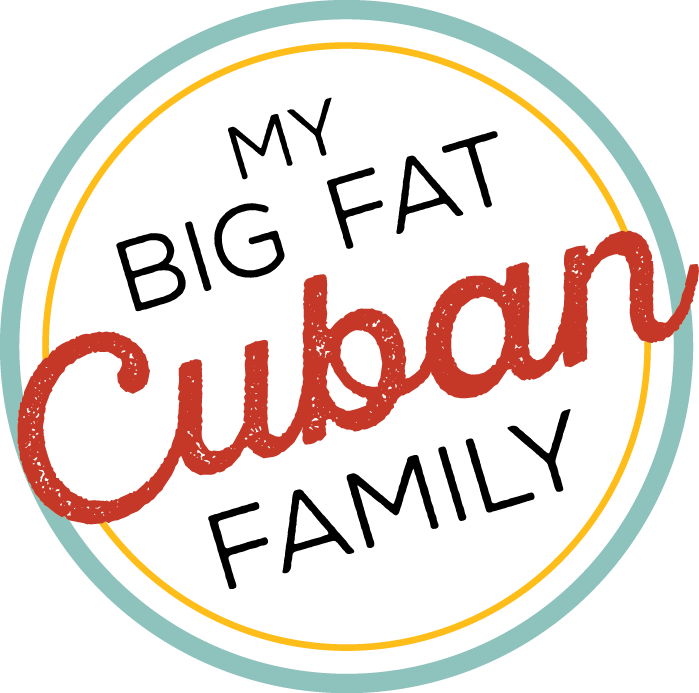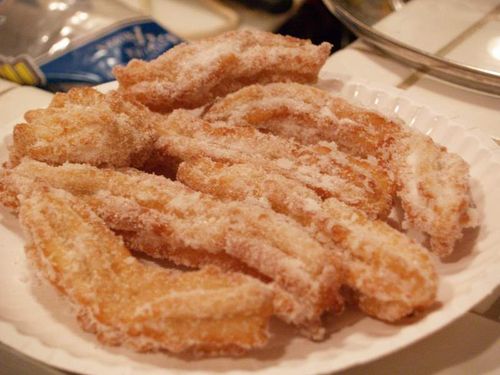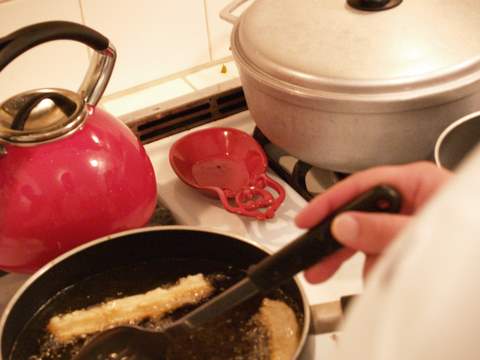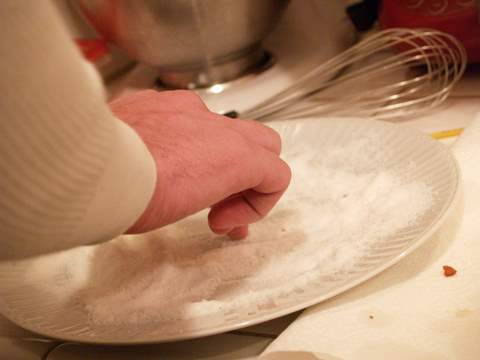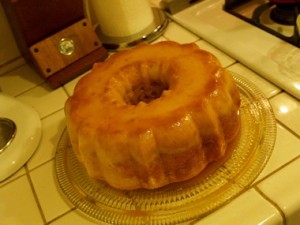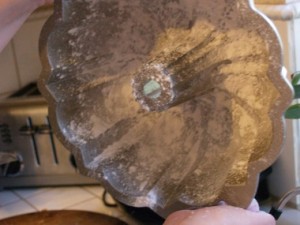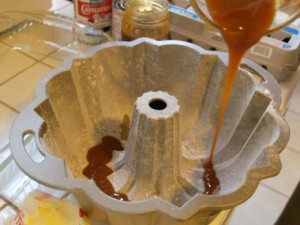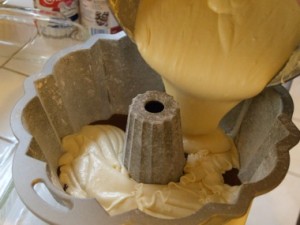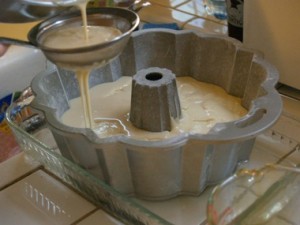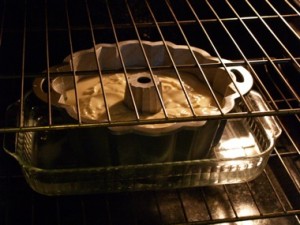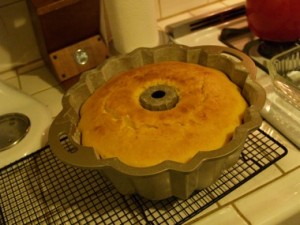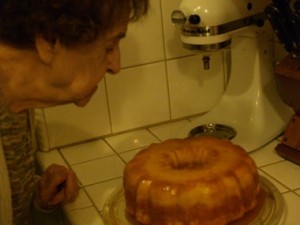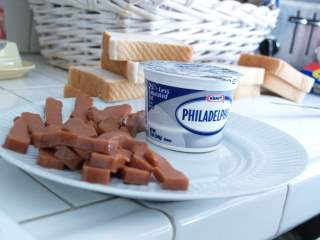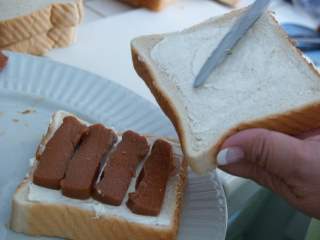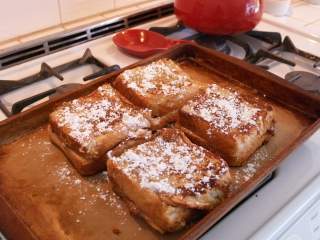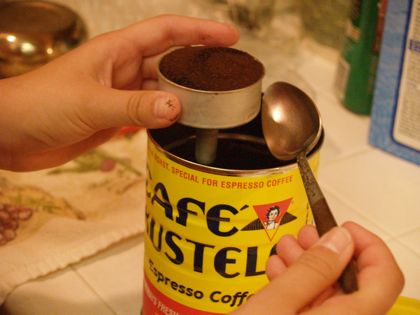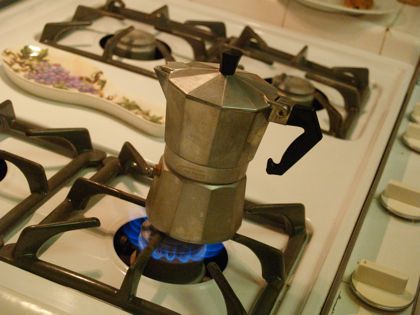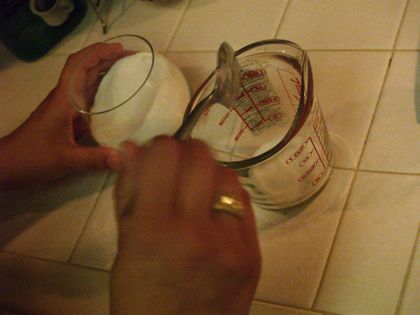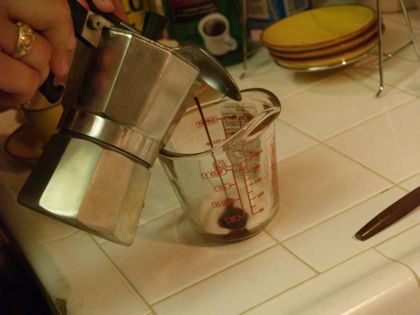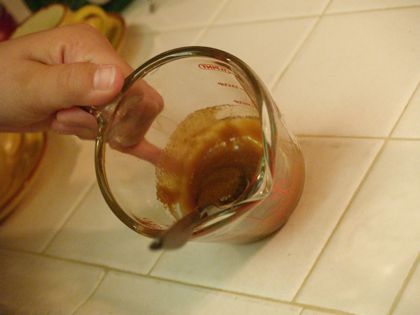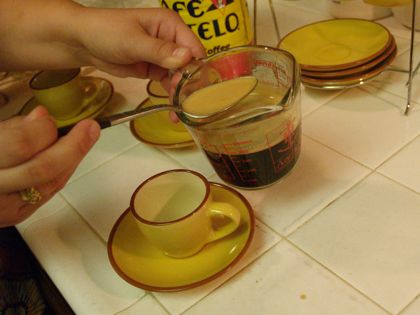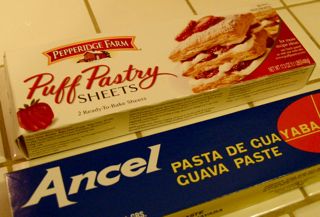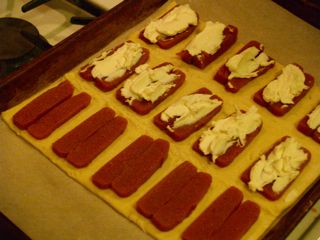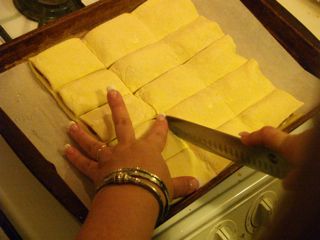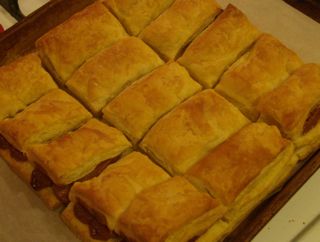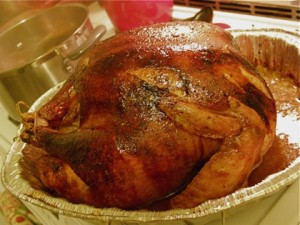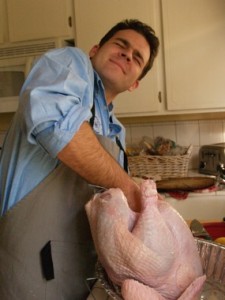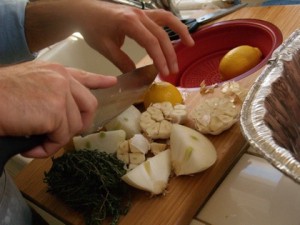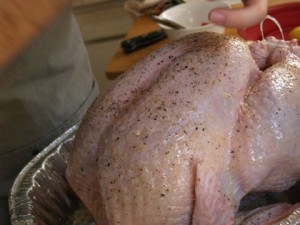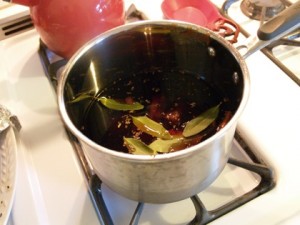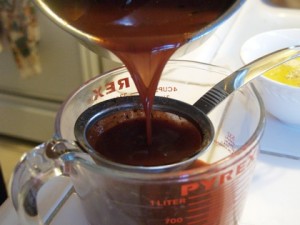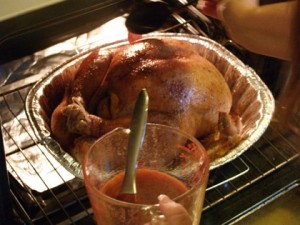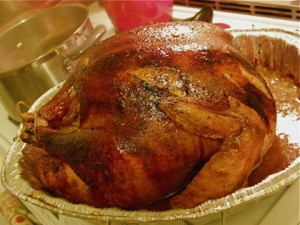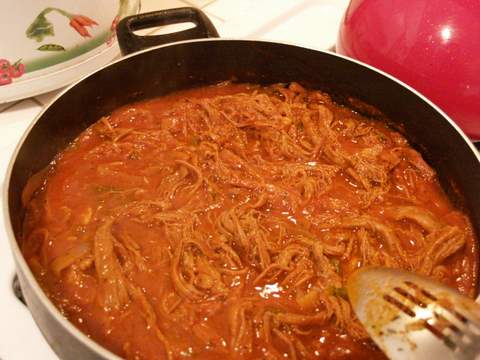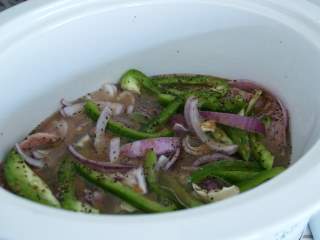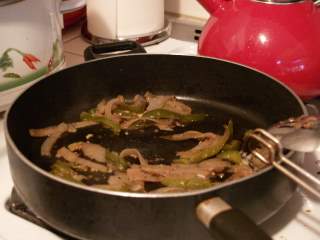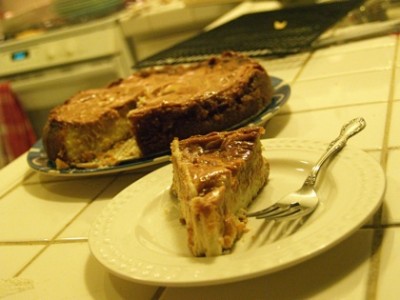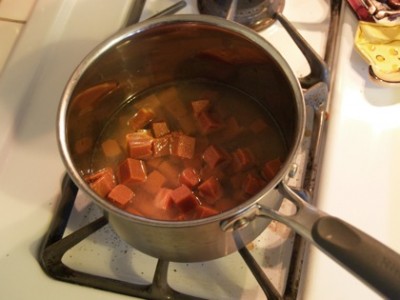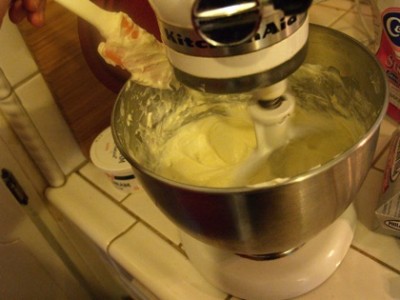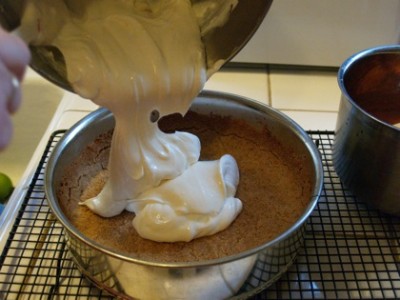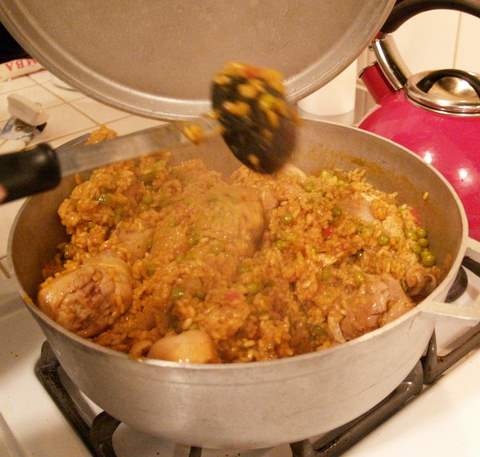Marta's Homemade Cuban Churros Recipe
/Making a Memory
My kids were all born here in Southern California. My husband is also a native Californian. So the only kind of churros they've ever known have come from a cart at Disneyland.
But those are Mexican-style. They are hard and crunchy with lots of brown sugar. They are tasty enough, but I am used to light and fluffy Cuban-style churros.
Oh, yeah!
The kind you can have for breakfast with Café con Leche, or on a cold night with Chocolaté Caliente.
It was unseasonably cold here yesterday, which seemed like a perfect time to make churros.
Jonathan, especially gets such a kick out of this. Some foods, he believes, can only be made in restaurants or found in grocery stores.
So, when I get an urge to make home-made potato chips or something that usually comes packaged, he responds with: "Mom, that's so . . . pro."
When I served the "Vaca Frita" for dinner. Eric said, "Honey, this is a gourmet meal."
I take the compliments and refrain from the lecture about how important the entire process is. My own childhood was filled with memories of food and family and the kitchen and conversation. It is part of my very Cuban DNA. It's not just about getting food on the table. It's not about convenience and speed, (although, this particular recipe is super simple and only takes a few minutes) but about the pleasure of working side by side. It's about the aromas and tastes that affect memory. It's about laughing together. It's about making the memory.
But I know that this is something that is more "caught, than taught." And I continue to feed them in my "pro and gourmet" way, because later in life I know they will say, "My mom made the BEST churros!"
And I know they won't be able to remember which was really better: the churros themselves, or the fun we had preparing them.
And it really won't matter. =D
Marta's Homemade Cuban Churros Recipe
Ingredients:
- 1 cup (all-purpose) flour
- 1 cup water with 1/8 tsp. of salt
- vegetable oil
- Plate of granulated or powdered sugar
1) Sift the flour in a mixing bowl, while bringing the salted water to a boil.
2) Pour the boiling water over the flour, stirring lightly until the dough forms into a ball - about 30 seconds. The dough should be compact, but not runny or too soft.
3) If you have a churrera or a cookie press, load it up with the dough. If not, a big freezer zip lock or a pastry bag with a corner cut off works, too. Use a star shaped tip, if you have it.
4) Squeeze dough onto waxed paper in about 6 inch strips.
5) Heat the oil until very hot.
6) Fry the dough in the super-hot oil, turning once when you see the edges barely begin to pick up color. (think pancakes) Fry for about 5 minutes total.
7) Remove with a slotted spoon, draining as much oil as possible and place on the sugar plate and roll in the sugar.
8) The churros will be ready to eat almost immediately.
9) The memory will last forever. ;-)
